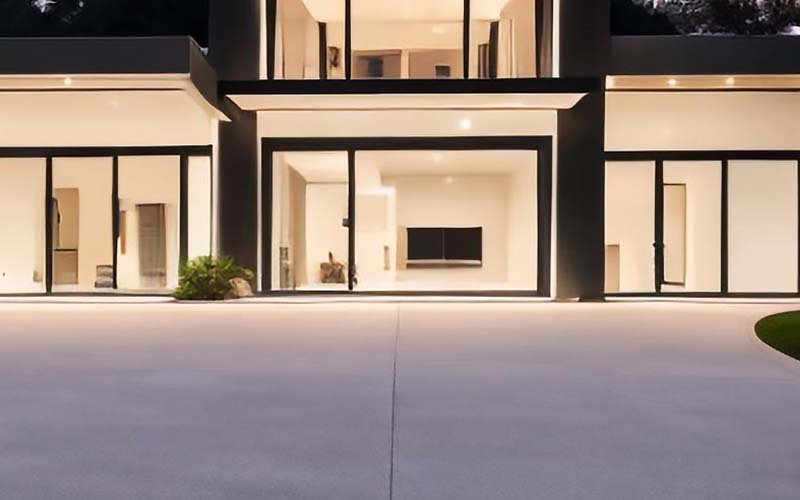Paving
Paving involves completely removing the existing asphalt surface and replacing it with a brand new one. This process is necessary when the existing surface has extensive damage that cannot be repaired through resurfacing. Paving is also a good option if you want to completely change the layout or design of your paved area.
The process of paving involves several steps. First, the existing asphalt surface is removed and any underlying issues, such as soft or unstable soil, are addressed. Next, a new layer of gravel is added to provide a stable base for the new asphalt surface. Finally, the new asphalt surface is installed and compacted to create a smooth and level surface.
Resurfacing
Resurfacing, also known as overlaying, involves adding a new layer of asphalt on top of the existing surface. This process is best for surfaces that have minor damage, such as small cracks or potholes. Resurfacing can also be used to improve the appearance of an older asphalt surface.
The process of resurfacing involves several steps. First, the existing surface is cleaned and any cracks or potholes are filled. Next, a layer of bonding adhesive is added to the surface to ensure that the new layer of asphalt will adhere properly. Finally, the new layer of asphalt is applied and compacted to create a smooth and level surface.
Factors to Consider
When deciding between paving and resurfacing, there are several factors to consider, including the extent of the damage, the age of the existing surface, and your budget.
Paving is typically more expensive than resurfacing, as it involves completely removing and replacing the existing surface. However, paving provides a completely new and durable surface that can last for many years. If your existing surface has extensive damage or is very old, paving may be the best option.
Resurfacing is a more affordable option for surfaces with minor damage. It can also be a good option for older surfaces that need a facelift. However, resurfacing does not address underlying issues, such as soft or unstable soil, which can cause further damage to the surface over time.
In conclusion, deciding between paving and resurfacing depends on the extent of the damage to your asphalt surface, the age of the surface, and your budget. If your surface has extensive damage or is very old, paving may be the best option for a completely new and durable surface. If your surface has minor damage or needs a facelift, resurfacing can provide a more affordable solution. By working with a reputable paving company, you can determine which option is best for your specific needs and enjoy a smooth and level surface for years to come.




0 Comments